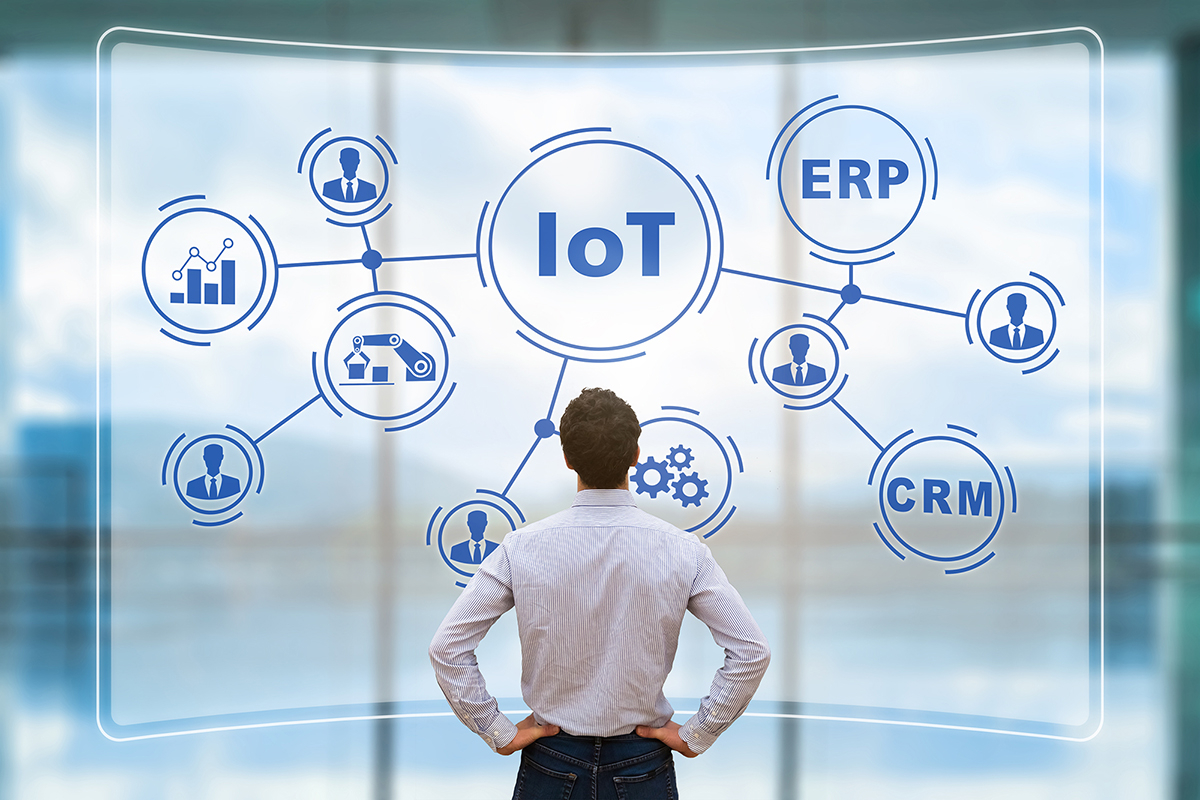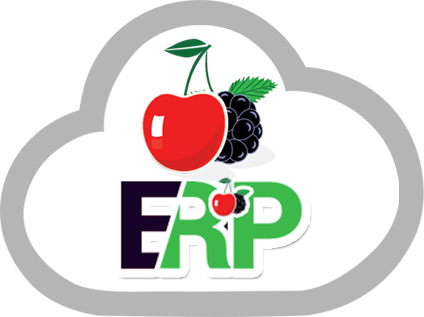
Benefits and Challenges of Integration of ERP With IoT
By tying the entire organization together, enabling real-time data access, optimizing procedures, and enhancing insight, ERP software aids in the improvement of business operations. More data is available to use when you integrate IoT technologies with ERP. The extra data offers a more in-depth look at what’s going on both inside the business and with other things like the supply chain. When making decisions, this integration of ERP with the Internet of Things (IoT) helps translate this data into meaningful insights.
What are the key benefits of the Integration of ERP with IoT?
You can use IoT and ERP together in a variety of ways to benefit enterprises. Utilizing IoT data gives businesses access to vital business data that can boost effectiveness, productivity, and quality. Let’s examine the key advantages of integration of ERP with IoT.
1 – Improved management of the supply chain
IoT can use smart sensors to offer information on the precise state of inventory, leading to improved supply chain management. Businesses can discover how environmental and physical issues affect their assets. They can evaluate whether any issues arose, such as broken packing, and whether weather circumstances played a role, such as damage brought on by humidity.
The movement of the goods is tracked throughout their journey so that businesses are informed of their whereabouts. IoT also allows supply-transporting vehicles to send information, and if bad weather or traffic affects any routes, they may be diverted. When things are received, additional actions, such as supplier payments or requests for more shipping, may be initiated. Using real-time location tracking, warehouse staff can locate things with ease.
In order to shorten supply-chain cycles, you can get information more quickly than with manual approaches. To securely complete orders, it helps to be aware of the inventory situation. Inventory theft and loss are less likely since you can trace the goods as they move. The supply chain can be more effective and transparent thanks to IoT.
2 – Better insights
IoT enables better business decisions by providing access to more and better-quality data. IoT provides large data, which ERP uses to create information to use. The appropriate parties receive this information so they can act accordingly. By getting knowledge before problems arise, businesses may be more proactive.
3 – Improved performance and productivity
Even while ERP automates manual tasks, IoT goes further. With IoT, several tasks that were previously too complex or interrelated to be automated can now be done. By reducing the need for human work, IoT increases productivity. It enables real-time production visualization in ERP and streamlines processes by presenting step-by-step instructions. IoT’s increasing automation facilitates activity streamlining, waste reduction, and profitability. Integration of ERP with IoT works like magic for any business.
4 – Better forecasting for the future
It’s critical for businesses to be able to properly plan for the future. More data is accessible about how customers locate, purchase, and use goods and services with the integration of ERP with IoT. Businesses can use IoT data to discover trends and make knowledgeable manufacturing decisions. Businesses can forecast and plan more accurately and effectively thanks to additional knowledge.
5 – Improved quality of products
Using sensors, any flaws or misalignments in the assembly lines are quickly identified and fixed on manufacturing lines. Companies that incorporate sensors into their products can find out more about how the items are used and what modifications are required to raise the quality. The sensors can also identify product flaws, enabling firms to contact customers or alert service representatives to problems before they are even spotted.
6 – Better maintenance of assets
When production machines are equipped with sensors, alerts about any performance problems are delivered to the ERP system. It also aids equipment specialists in identifying the precise location of a problem. To keep the machinery in peak working order, the sensors send signals when maintenance is necessary. By using predictive maintenance instead of preventative maintenance, machines can be serviced only when it is expected that they will encounter a malfunction or fail. Contrarily, preventive maintenance schedules routine equipment maintenance, regardless of whether the equipment is experiencing problems. You may monitor, manage, and optimize assets with predictive maintenance to improve availability, usage, and performance. It increases the lifespan of your assets and reduces maintenance expenditures.
7 – Better management of energy and environmental sustainability
IoT enables organizations to take better care of the environment. Processes are automated to make them quicker and more effective, which lowers waste and pollution. IoT sensors find gas leaks to stop waste and pollution. In order to reuse parts and materials and use resources more effectively, data is collected. In order to utilize less fossil fuel, it optimizes truck routes. Additionally, it identifies the machine operations that use the least energy and leaves the smallest carbon impact.

Challenges of Integration of ERP with IoT
While the integration of ERP with IoT has many advantages, there are some drawbacks as well. There may be challenges to be solved in the integration of various technologies.
1 – Security threats and privacy concerns: The potential for security breaches exists, as with anything internet-connected. However, two-factor authentication as well as IT security tools can assist in preventing these risks. You must take care, just like with any other technology, to make sure it is not open to negative activity
2 – Issues with connectivity: A reliable internet connection is necessary for using the Internet of Things. It could not always be in a location with a reliable network if it is being used to track vehicles. Another aspect of connectivity is bandwidth. More bandwidth is required to enable the usage of linked platforms as IoT is deployed more widely.
3 – Legacy tools: It can be more difficult to integrate IoT if you are using older technology, but that may be all the more of an incentive to do so. IoT aids in efficient equipment maintenance. With the help of its sensors, the machinery may be operated more effectively by providing new data and context. Foreseeing equipment breakdowns to reduce unplanned downtime, and minimize maintenance costs.
4 – Cost: The cost of IoT applications has decreased recently, and sensors are not very expensive. However, you might need to have the older machinery adapted to function with the sensor if you want to add a sensor to it. Depending on the cost and the type of equipment, it can make sense to upgrade the existing equipment to better support IoT technologies. To guarantee dependable connectivity, high-speed internet and cloud-based network infrastructure are required. Additionally, you will need to engage someone to assist with its implementation if your company doesn’t already have a knowledgeable user of this technology.
Do the benefits of the integration of ERP with IoT overweight the challenges?
There will reportedly be 38.6 billion IoT devices on the planet by 2025. You must make numerous considerations when determining if the integration of ERP with IoT is worthwhile. The answer will depend on the size of the company, the industry if the current ERP system is IoT-compatible and other factors. To determine this, businesses must weigh the costs of implementation against the potential benefits.
Even though it might seem like big businesses would benefit most from IoT, small and midsize manufacturers frequently find it to be a perfect fit, especially if their procedures are intricate and their machinery is essential to both performance and quality. Many IoT providers offer a modular strategy for IoT implementation in stages. It’s best to start small and concentrate on what will have the most impact first for businesses of any size.
IoT has several advantages, and by supplying previously inaccessible data to an ERP system, it can enable useful analytics. ERP may leverage the data to assist a company boost efficiency, saving expenses, and competing better.
You can enjoy the integration of ERP with IoT by getting Cherryberry ERP and simplify and accelerate things for your business!
